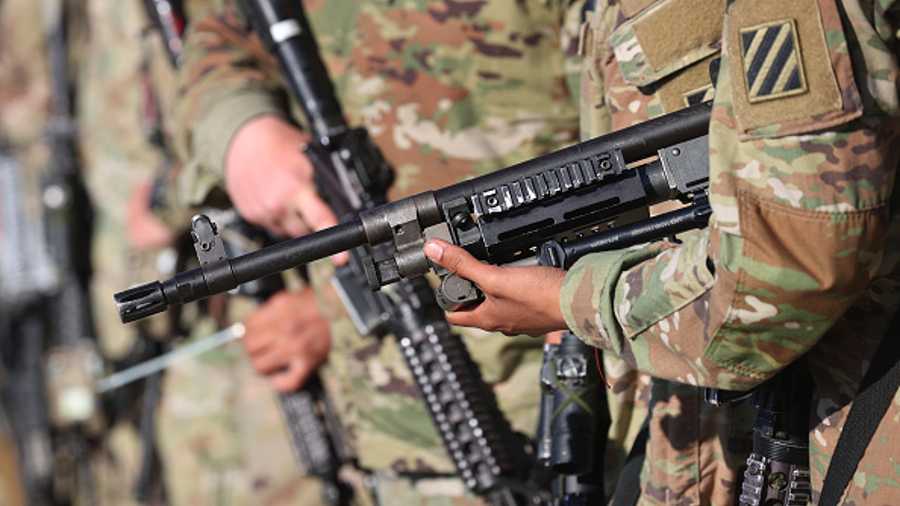The Dutch are sending rocket launchers for air defence. The Estonians are sending Javelin anti-tank missiles. The Poles and the Latvians are sending Stinger surface-to-air missiles. The Czechs are sending machine guns, sniper rifles, pistols and ammunition.
Even formerly neutral countries like Sweden and Finland are sending weapons. And Germany, long allergic to sending weapons into conflict zones, is sending Stingers as well as other shoulder-launched rockets.
In all, about 20 countries — most members of Nato and the EU, but not all — are funnelling arms into Ukraine to fight off Russian invaders and arm an insurgency, if the war comes to that.
At the same time, Nato is moving military equipment and as many as 22,000 more troops into member states bordering Russia and Belarus, to reassure them and enhance deterrence.
The Russian invasion of Ukraine has brought European countries together as never before, minds concentrated by the larger threat to European security presented by the Russia of President Vladimir V. Putin.
“European security and defence has evolved more in the last six days than in the last two decades,” Ursula von der Leyen, the president of the EU’s executive arm, asserted in a speech to the European Parliament on Tuesday. Brussels has moved to “Europeanise” the efforts of member states to aid Ukraine with weapons and money and put down a marker for the bloc as a significant military actor.
But whether European weaponry will continue to reach the Ukrainian battlefield in time to make a difference is far from certain. However proud Brussels is of its effort, it is a strategy that risks encouraging a wider war and possible retaliation from Putin. The rush of lethal military aid into Ukraine from Poland, a member of Nato aims, after all, to kill Russian soldiers.
Putin already sees Nato as committed to threaten or even destroy Russia through its support for Ukraine, as he has repeated in his recent speeches, even as he has raised the nuclear alert of his own forces to warn Europe and the US of the risks of interference.
World wars have started over smaller conflicts, and the proximity of the war to Nato allies carries the danger that it could draw in other parties in unexpected ways.
Jens Stoltenberg, the Nato secretary-general, hit his constant themes again on Tuesday as he visited a Polish air base. “Putin’s war affects us all and Nato allies will always stand together to defend and protect each other,” he said. “Our commitment to Article 5, our collective defence clause, is ironclad.” “There must be no space for miscalculation or misunderstanding,” Stoltenberg said last week.
New York Times News Service

